By Region, the study provides the market insights into North America, Europe, Asia-Pacific and Rest of the World. North America Light Therapy market accounted for USD 0.34 billion in 2021 and is expected to exhibit a significant CAGR growth during the study period. North America dominated the phototherapy equipment market with a revenue share of 43.20% in 2021. The rising number of various skin conditions such as vitiligo, psoriasis, eczema, and acne is expected to help the region dominate the phototherapy equipment market.
For instance, according to the Canadian Dermatology Association, acne affects around 5.6 million people in Canada, i.e., 20% of the total population suffers from acne. Similarly, as per the latest estimates by Atopic Dermatitis in America, around 7.3% of U.S. adults suffer from eczema, while around 40% of the people suffer from moderate to severe symptoms.
Further, the major countries studied in the market report are The U.S, Canada, Germany, France, UK, Italy, Spain, China, Japan, India, Australia, South Korea, and Brazil.
Figure 3 LIGHT THERAPY MARKET SHARE BY REGION 2023 (%)
Source Secondary Research, Primary Research, MRFR Database and Analyst Review
However, the Asia-Pacific region is projected to witness the fastest growth rate of 5.55% during the forecast period. The increase in the number of births of pre-term babies and a number of people suffering from skin disorders can be accredited to the high growth rate. For instance, as per The Lancet, around 85% of preterm births occur in the late preterm period, out of which 80% occur in Asia & South-Asian regions. Moreover, according to Narayan Health Organization, out of the 15 million pre-term births ly, 1/5th of these births take place in India alone.
Additionally, people in the Asia Pacific are prone to acne, which is further expected to propel the use of phototherapy equipment. For instance, according to the Derma Health Institute, acne is a common condition for people of Asian ethnicity, thereby impelling the phototherapy equipment market in this region.
Europe Light Therapy market accounts for the third-largest market share are due to Growth of europe market of light therapy is majorly driven by increase in skin disorders, rise in patients suffering from depression, increase in prevalence of seasonal affective depression, and mood conditions. Moreover, increased urge to look beautiful cause rise in adoption of light therapies in the female population. Thus, this factor is anticipated to fuel the growth of market. Further, the Germany market of light therapy held the largest market share, and the UK market of light therapy was the fastest growing market in the European region


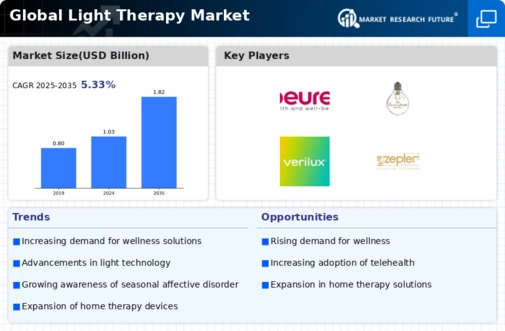

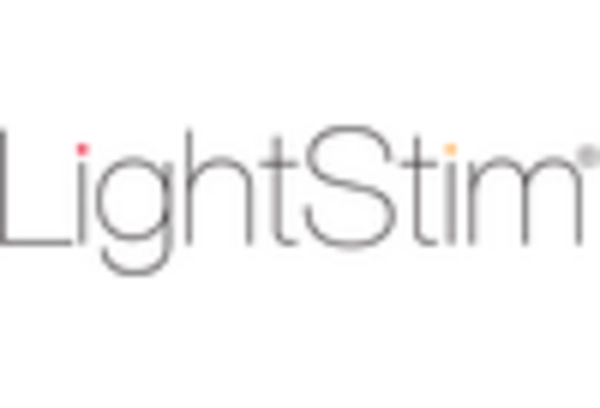
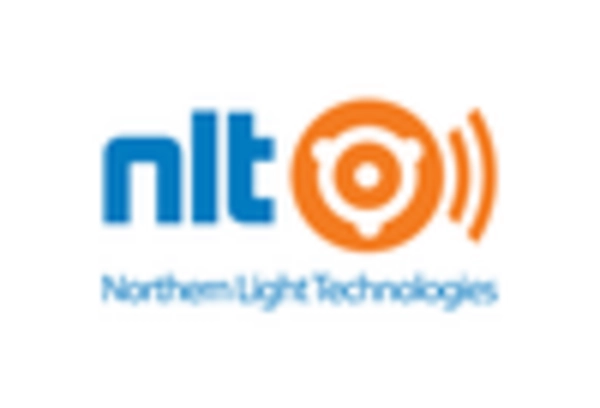

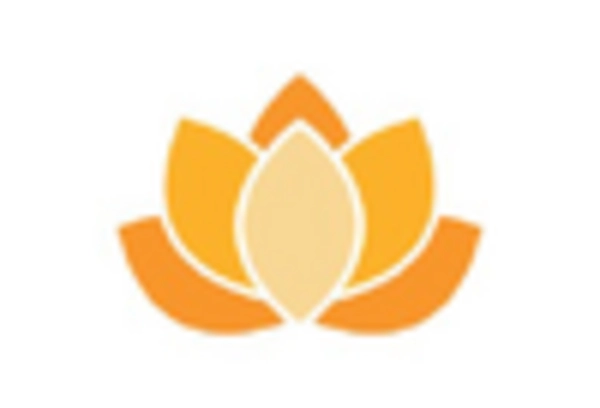
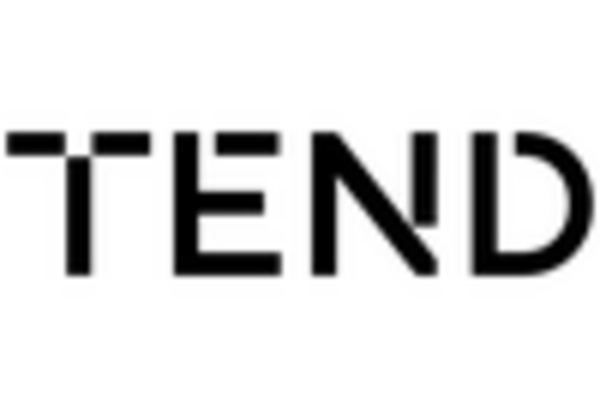
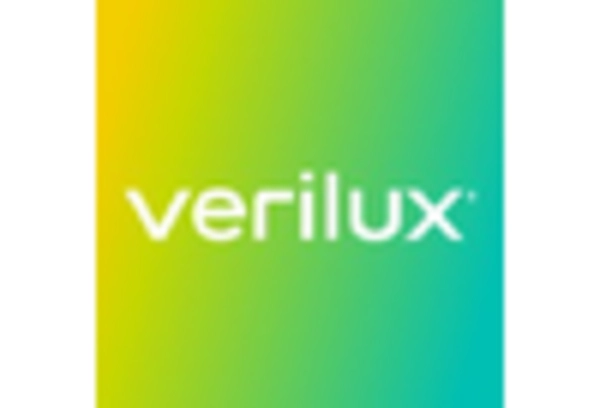








Leave a Comment